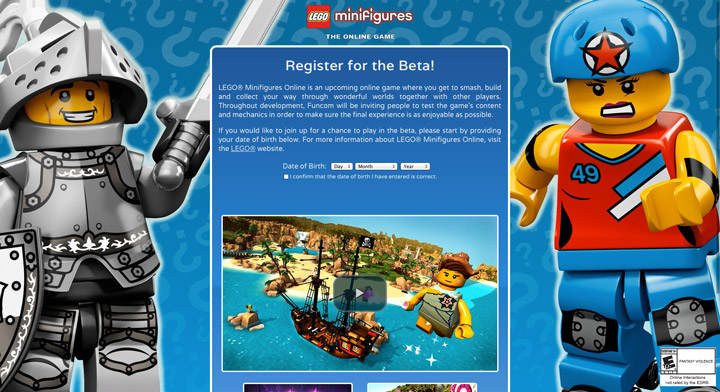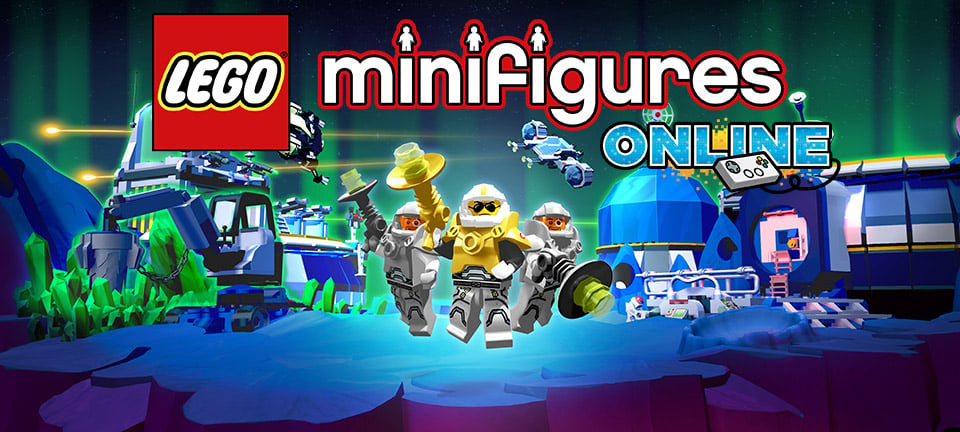
LEGO had no clear vision what it wanted LEGO Universe to be, and that would prove to be one of the key reasons behind delays.ĭon’t demand that a young technology deliver a near-perfect experience. Likewise, NetDevil had hardly any experience on LEGO. LEGO did not have a lot of experience on digital games, much less on massively multiplayer online (MMO) games. Robertson lists five reasons, or “bright red warnings” for this failure:ĭon’t jump into a new business before you understand it. This adventure ended up costing LEGO $50 million. Thus, on 30 January 2012, LEGO shut down LEGO Universe for good. LEGO Universe eventually launched in October 2010, two years behind schedule, and it failed to attract a sufficient number of subscribers: there were only 38,000 subscribers to the game, and even though the game started to offer a limited free-to-play option in August 2011, which attracted a further 2 million players, it was unable to turn them into paying subscribers. Unfortunately, not everything went as planned. LEGO contacted several online game studios, amongst them the Colorado-based NetDevil studio that was selected to create the LEGO experience online. In October 2005, after LEGO had survived a major crisis, it again looked into expanding its portfolio, this time into online games.

The story of LEGO Universe is recounted in David Robertson’s book Brick by Brick. In this post, I will examine the story of LEGO Universe, look into what success in online gaming looks like, take a look at LEGO Minifigures Online, and consider potential niches for the LEGO brand in online gaming. It first ventured into online gaming in 2005, when it commissioned work on LEGO Universe (released in 2010, shut down in 2012), and it has two newer ventures into that space going on with LEGO Legends of Chima Online and LEGO Minifigures Online.


LEGO has been interested in online gaming for a long time.


 0 kommentar(er)
0 kommentar(er)
